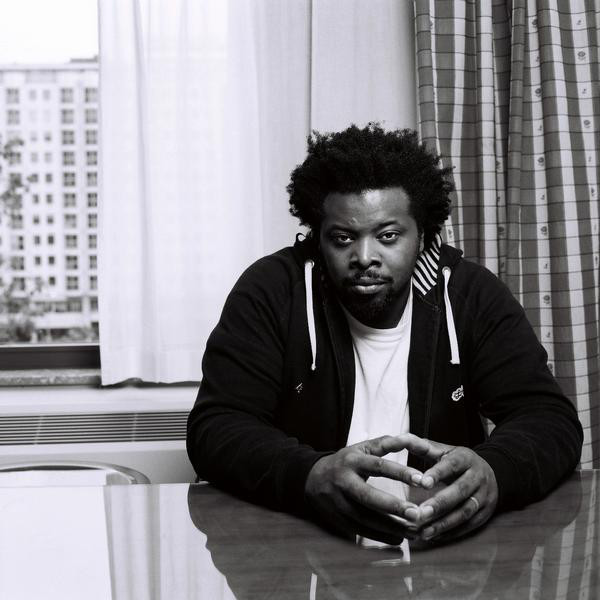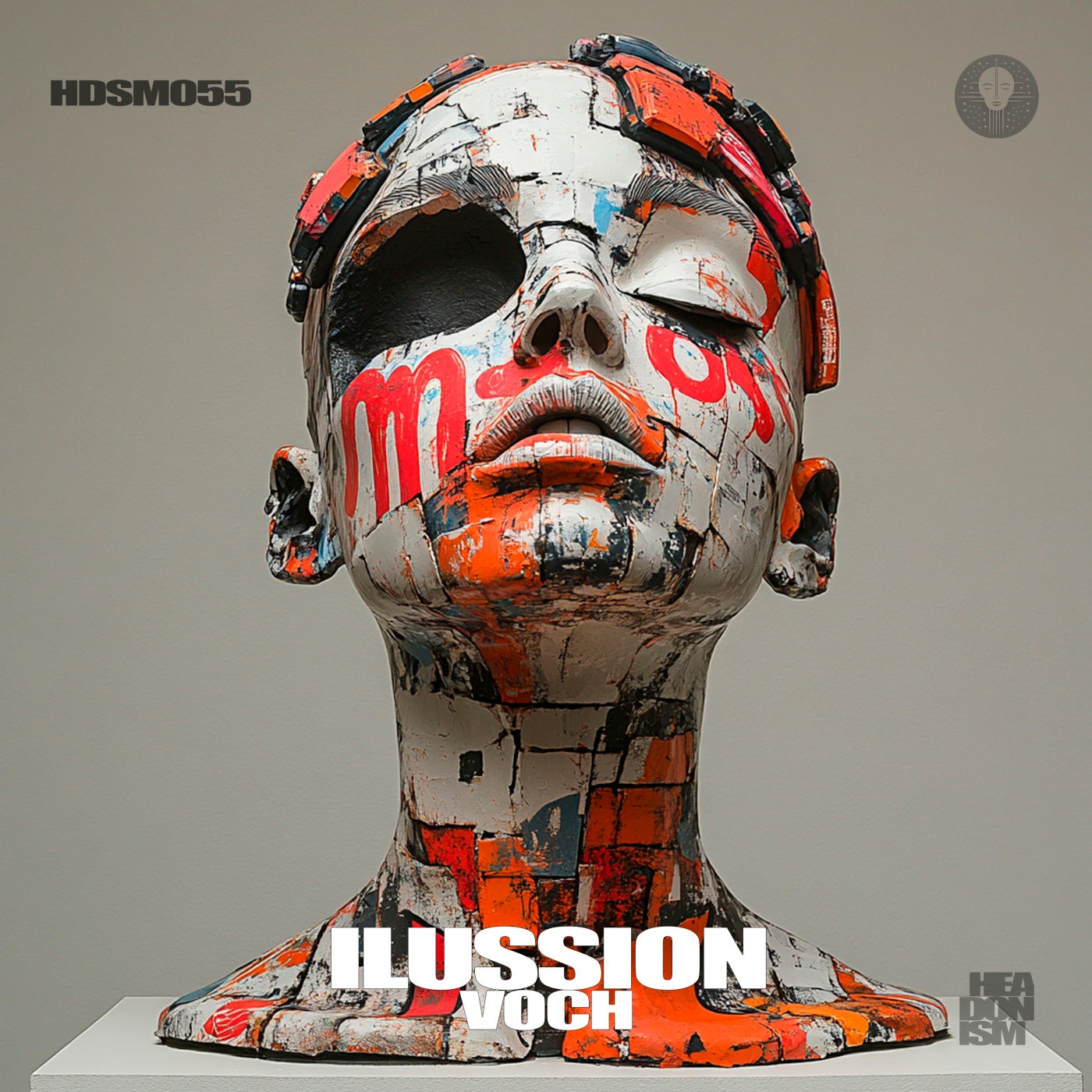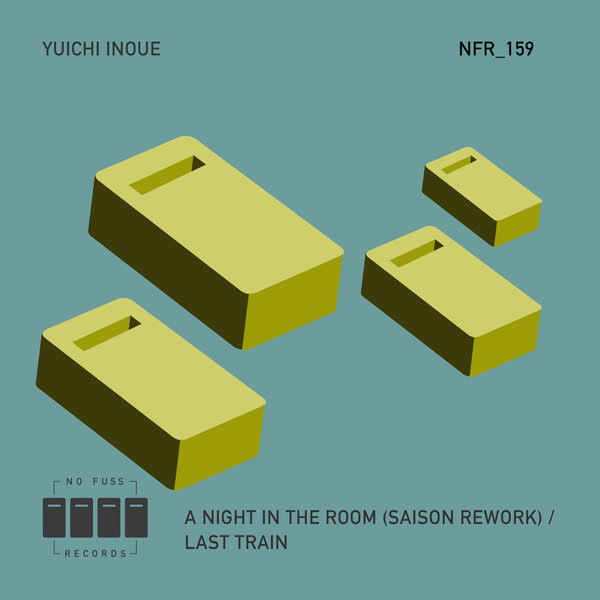Consequence’s Annual Report continues as we interview Anna Sawai, our TV Performer of the Year for her role in FX’s Shōgun. You can hear the full conversation on the latest episode of our Consequence UNCUT: Annual Report podcast, available exclusively on Amazon Music.
Stay tuned for more accolades, lists, and interviews about the best music and entertainment of 2024. Our Annual Report is presented by Amazon Music. Sign up here for three free months of Amazon Music Unlimited to access over 100 million songs in HD sound, the largest catalog of top ad-free podcasts, and now your favorite audiobooks from Audible.
When it comes to choosing her roles, TV Performer of the Year Anna Sawai says she “always wants to do something very different.” But when she signed on to play Toda Mariko, the heart of FX’s Emmy-winning smash Shōgun, she had no idea what kind of impact the role would have on her career.
The series turned into one of the network’s biggest hits to date, and Sawai partook in its awards season success with her first Emmy win for Lead Actress in a Drama. Having delivered one of the year’s most committed and heartbreaking performances, the recognition was well-deserved.
Adapted from James Clavell’s novel, this is the second time the Shōgun story has been told on television. Unlike the 1980 miniseries produced by NBC, however, FX’s version centers its story of feudal Japan not on the white characters but its Japanese leads, with characters speaking in period-authentic Japanese with subtitles for a good portion of screen time. As the dedicated translator for Cosmo Jarvis’ Blackthorne, Mariko became a key figure in the show — and, by a certain point, its beating heart.
Playing a translator was a unique experience for Sawai, even though she is fluent in both Japanese and English. “Because when I’m speaking Japanese or when I’m speaking English, my personality does shift,” she says. “I think that English allows me to be a little bit more free, in some senses, because I learned Japanese in the Japanese culture and there’s so many rules.”
At first, Sawai was worried that Mariko’s role as translator would “be repetitive, and the audience was going to fall asleep while Mariko was talking, because they’ve already heard it said.” However, that ended up not being the case, as the Shōgun scripts “really made Mariko’s personality stand out through the translations.”
What also made working in both languages special, she adds, was watching how they interacted in the context of the show: “I would see the English translations on the script change, and for me, it was just mind-blowing to see that because on different projects, the English was the way that it was always supposed to be. On this one, it was the first time that I saw the English adapting to the Japanese, which was beautiful.”
Sawai worked hard alongside the creative team on the nuances of period-accurate Japanese, as this was her first project set during this particular era, and there’s a significant difference between what was spoken then versus now. She compares it to the differences between Shakespearean English and modern gab.
“You do understand Shakespeare in English when you hear it,” she says, “but then some parts you don’t really, and you would need to look it up. I’ve heard a lot of Japanese people say that they would also have to read the Japanese subtitles in order to really understand it. It’s something that you need to be used to hearing in order to fully understand.”
Beyond the language, playing Mariko was a physical challenge on many levels, from wearing a heavy kimono and wig 10 hours a day for 10 months to the weapons training. Though, Sawai notes, she enjoyed the sword-fighting: “To me, that was not hard work at all — being able to go fight people that I usually can’t fight.”
When preparing for Mariko’s climatic naginata fight in Episode 9, “Crimson Sky,” Sawai only received a day of training with the extremely long-bladed weapon. Although she also practiced at her apartment on her own, she couldn’t bring the naginata home with her. “It was too long — it wouldn’t fit in the car. So I was using my umbrella,” she laughs. “It was the closest thing that I had.”
Beyond the physical demands, though, making Shōgun was a pretty isolating experience. “During the shoot, I almost got depressed,” Sawai says. “I wasn’t seeing people. I was stuck alone, really in drama mode.”

Shogun (FX)

 1 month ago
22
1 month ago
22


















 English (US) ·
English (US) ·